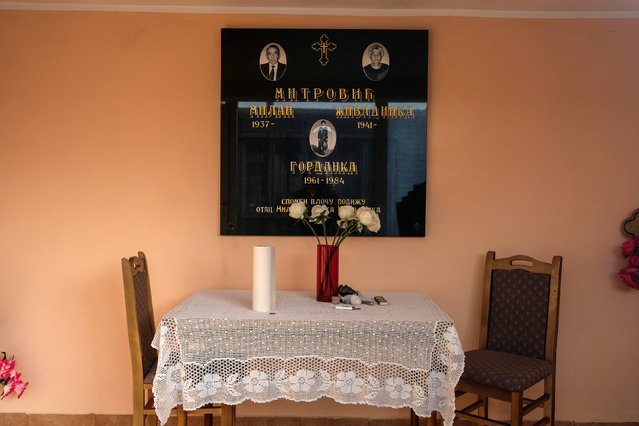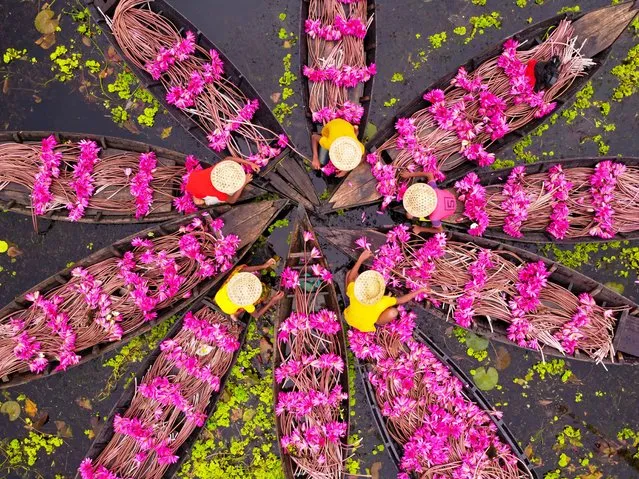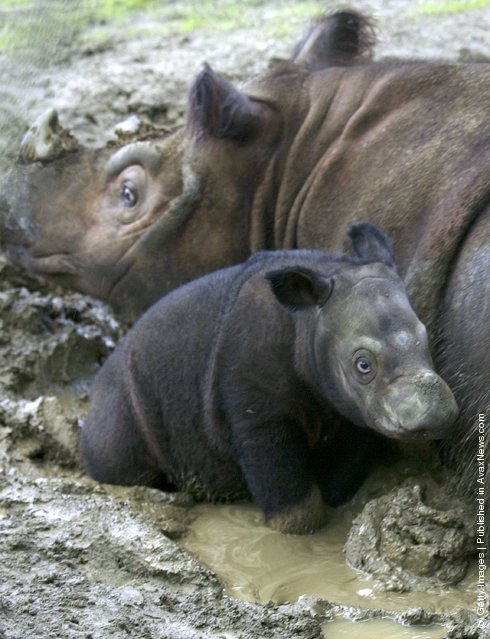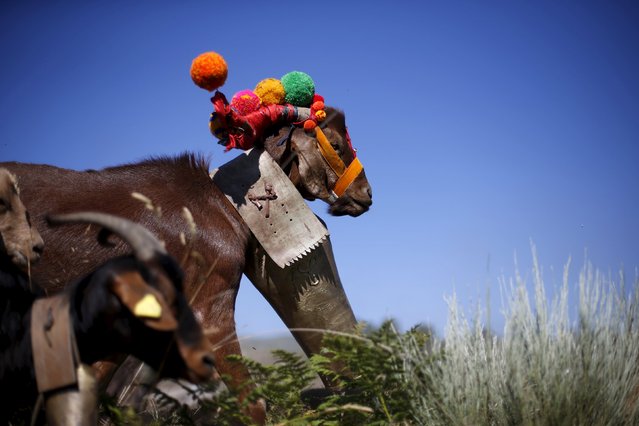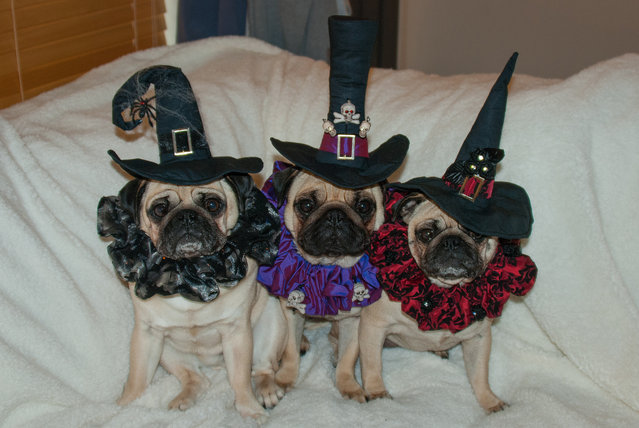
Roxy, Bono and Blue in costumes inspired by Tim Burton's films in Sonoma County, California, 2014. As Halloween draws closer even pugs are dressing up in costumes. But these outfits are unlikely to give anyone nightmares and are more cute than creepy. Philip Lauer, from California, has dressed his three pets Bono, Blue and Roxy, in adorable costumes – with witch hats and black capes. His home in Sonoma County, California, has its own studio to take professional pictures of the posing pups. Every year he and wife wife Sue dress their pets in creepy costumes and send pictures of them to their friends and family as a spooky treat. (Photo by Phillip Lauer/Barcroft Media)
02 Nov 2014 11:46:00,post received
0 comments


